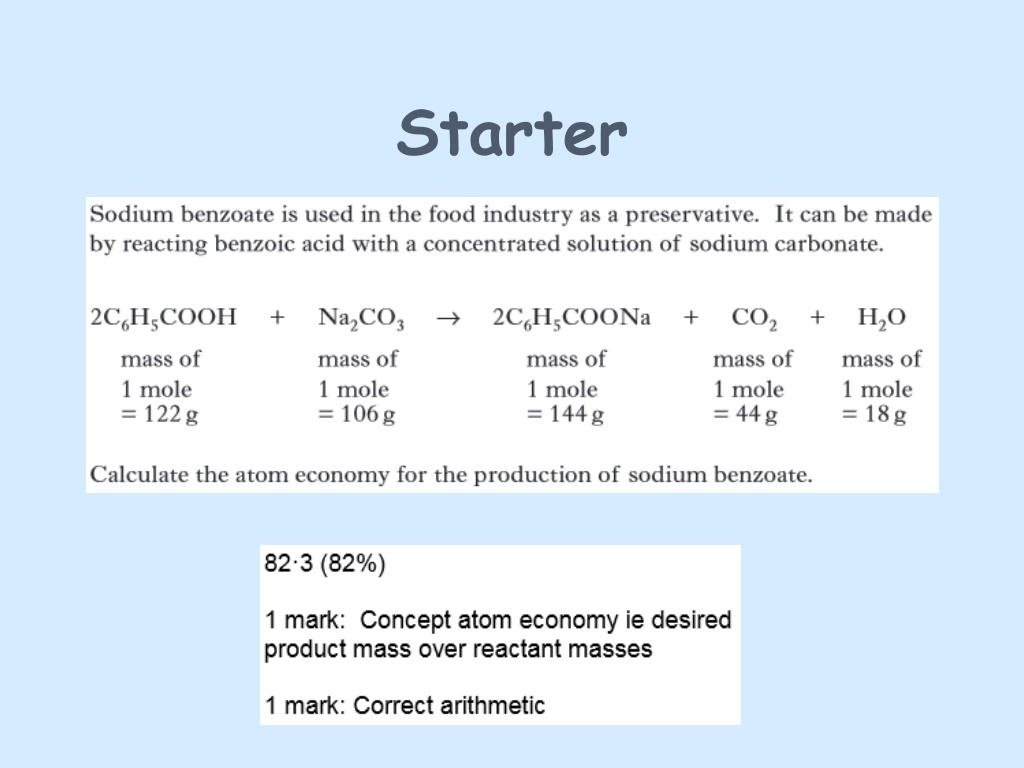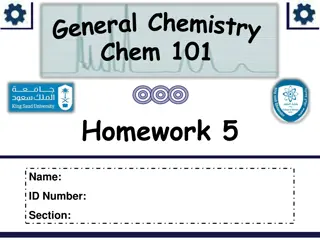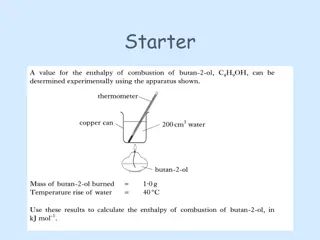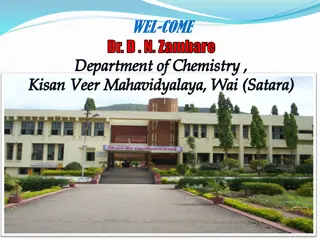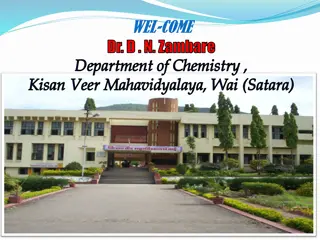Understanding Esters and Their Formation in Chemistry
Learn about esters, their formation through esterification, naming conventions, and how to prepare esters using condensation reactions. Explore the distinct properties of esters, their role in fragrances, flavors, and industrial applications. Get insights into the experimental setup for preparing esters in a chemistry lab.
Download Presentation

Please find below an Image/Link to download the presentation.
The content on the website is provided AS IS for your information and personal use only. It may not be sold, licensed, or shared on other websites without obtaining consent from the author. Download presentation by click this link. If you encounter any issues during the download, it is possible that the publisher has removed the file from their server.
E N D
Presentation Transcript
a) Esters Learning intention Learn how esters are named and identified and how to draw the structural formula of an ester.
Esters Esterification, Alkanoic acids reacting with Alkanols. Alcohol + Carboxylic Acid Ester + Water H+ Esters have sweet smells and are more volatile than carboxylic acids. They are responsible for sweet fruit smells. 280 aromas make up a strawberry smell!! 3-methylbutyl ethanoate in bananas. 2-aminobenzoate is found in grapes. We imitate these smells by manufacturing flavourings. Esters are also used in perfumes. Esters can also be used as solvents in glues. Polyesters are used to make plasticisers. Methyl ester is a biodiesel.
Naming Esters R-yl R-OH + R -COOH R -COOR + Water First, the 1st word comes from the alcohol. The name ends in yl. R -oate Second, find the C=O in the carboxylate group, this gives the 2nd word with the ending oate. This comes from the acid. Second First O C2H5 O C2H5 C CH3 CH2 COO CH2 CH3 ethyl propanoate
b) Making Esters Learning intention Learn about how esters are formed by condensation reactions of carboxylic acids and alcohols.
Making Esters One way of preparing esters is to condense an alcohol with a carboxylic acid: O O C R' C R' + H2O R O H + H O R O alcohol carboxylic acid ester The reaction is slow at room temperature and the yield of ester is low. The rate can be increased by heating the reaction mixture and by using concentrated sulphuric acid as a catalyst. The presence of the concentrated sulphuric acid also increases the yield of ester. The aim of this experiment is to prepare an ester and to identify some of the characteristic properties of esters.
Ester formation Condensation Reaction O O + + R O R C O R O H H H R C Ester link O H O R R C O CH3COOCH3 + H20 CH3COOH + ethanoic acid CH3OH methanol methyl ethanoate The reaction is brought about by heating a mixture of a carboxylic acid and an alcohol with a little concentrated sulphuric acid. (which acts as a Catalyst and absorbs the water produced).
1. Set up a water bath using a larger beaker and heating water until it boils. Turn off the Bunsen. Alternatively, boil some water in a kettle and pour it into the large beaker. 2. Add the alcohol to a test tube to a depth of about 1 cm. To this add about the same volume of carboxylic acid. 3. Add about 5 drops of concentrated sulphuric acid to the reaction mixture. 4. Soak a paper towel in cold water, fold it up and wrap it round the neck of the test tube. Secure it with a rubber band. WHY? 5. Place a loose plug of cotton wool in the mouth of the test tube. WHY? 6. Place the test tube in the hot water bath. While the reaction mixture is being heated add about 20 cm3 of sodium hydrogencarbonate solution to the small beaker. 7. After about 10 minutes, take the test tube from the water bath and remove the plug of cotton wool. Slowly pour the reaction mixture into the sodium hydrogencarbonate solution. WHY? 8. Gently swirl the contents of the beaker and look to see if there is any sign of the ester separating from the aqueous mixture.
Esters are named by joining the name of the alcohol with the name of the acid. Ethanol + ethanoic acid Ethyl ethanoate Propanol + ethanoic acid Propyl ethanoate Butanol + ethanoic acid Butyl ethanoate Ethanol + propanoic acid Ethyl propanoate Ethanol + benzoic acid Ethyl benzoate
c) Uses of Esters Learning intention Learn about the many everyday uses of esters.
Uses of esters Esters are oily liquids with generally very pleasant fruity smells and have a range of uses. Many esters are used as flavourings and in perfumes. Esters are also used as non-polar industrial solvents. Some of the smaller esters are quite volatile and are used as solvents in adhesives, inks and paints pentyl ethanoate is used in nail varnish for example. http://media1.picsearch.com/is?QUHrRGMGaq_X9HQfWcrBkv3JKDjDLn3VSkKKgm5t1Kg http://media2.picsearch.com/is?PUWPBO2rk8JEm5JCyWH9slZ4AydWeLnYHP2-Mi06E-g http://media2.picsearch.com/is?9HcIa0KQ_wf0DG2NeXZNDJDyK7TUP4TtFAJCZc0yaH0
c) Hydrolysis of Esters Learning intention Learn how esters can be broken down by hydrolysis into the parent carboxylic acid and alcohol.
Hydrolysing Esters Condensation Alcohol + Carboxylic Acid Ester + Water Hydrolysis Alcohol + Carboxylic Acid Ester + Water The ester is split up by the chemical action of water, hydrolysis. The hydrolysis and formation of an ester is a reversible reaction. O O R + O O H + R C R O R H H C O H Bonds broken Ester + Water Bonds formed Carboxylic Acid + Alcohol
a) Name the alcohol and carboxylic acid b) Name the ester
